In today’s world, sustainability is not just a buzzword but a crucial aspect of responsible gardening practices. One of the most effective ways to promote sustainability in your garden is by incorporating native flowers into your designs. Native flowers are adapted to your local climate, soil, and environmental conditions, making them resilient, low-maintenance, and beneficial to local wildlife. In this guide, we’ll explore the importance of native flowers in garden designs and provide practical tips for incorporating them into your outdoor space.
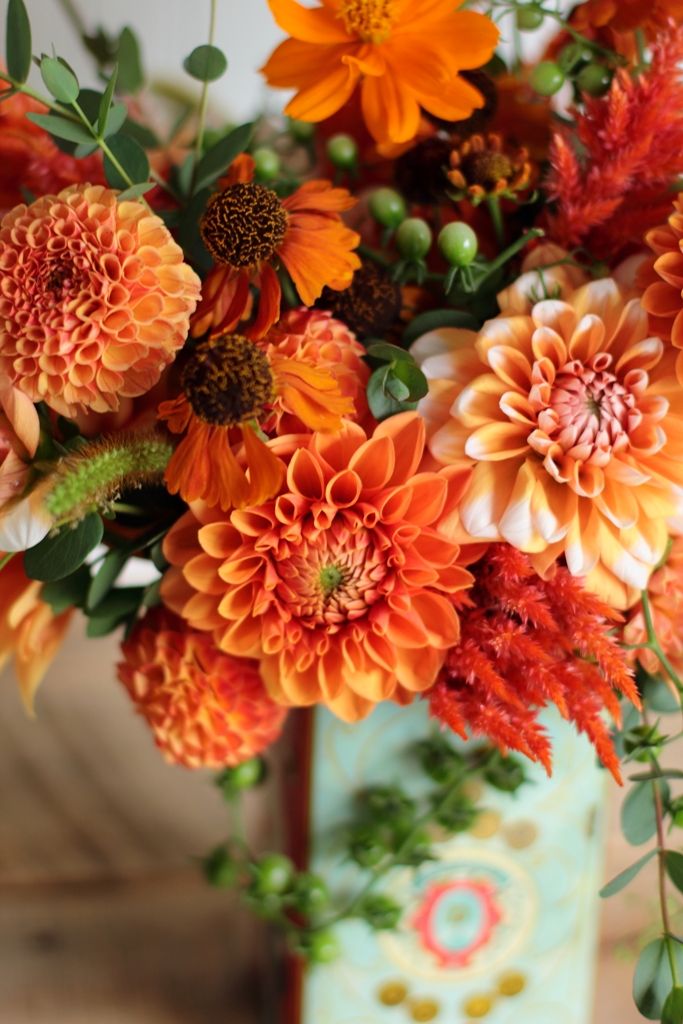
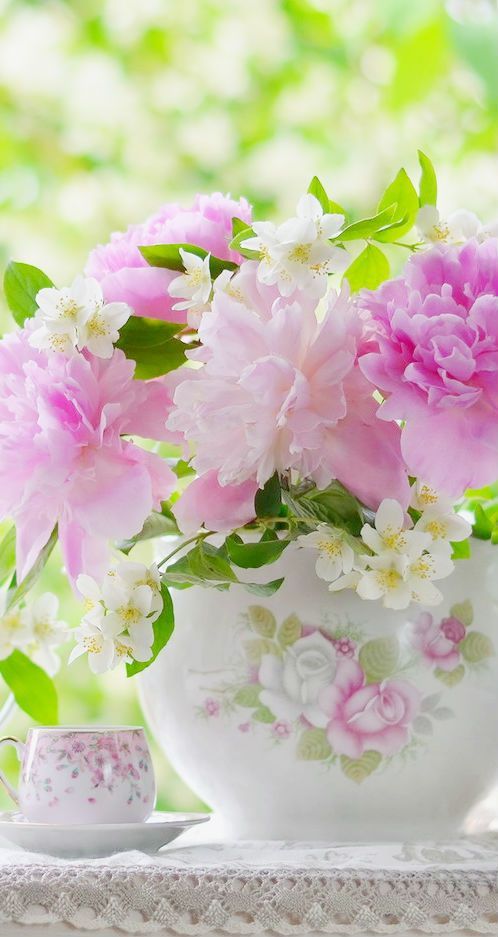
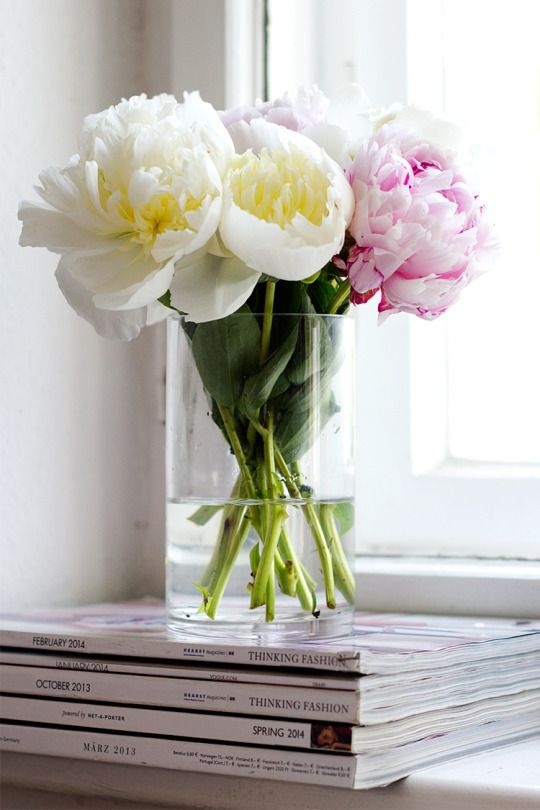
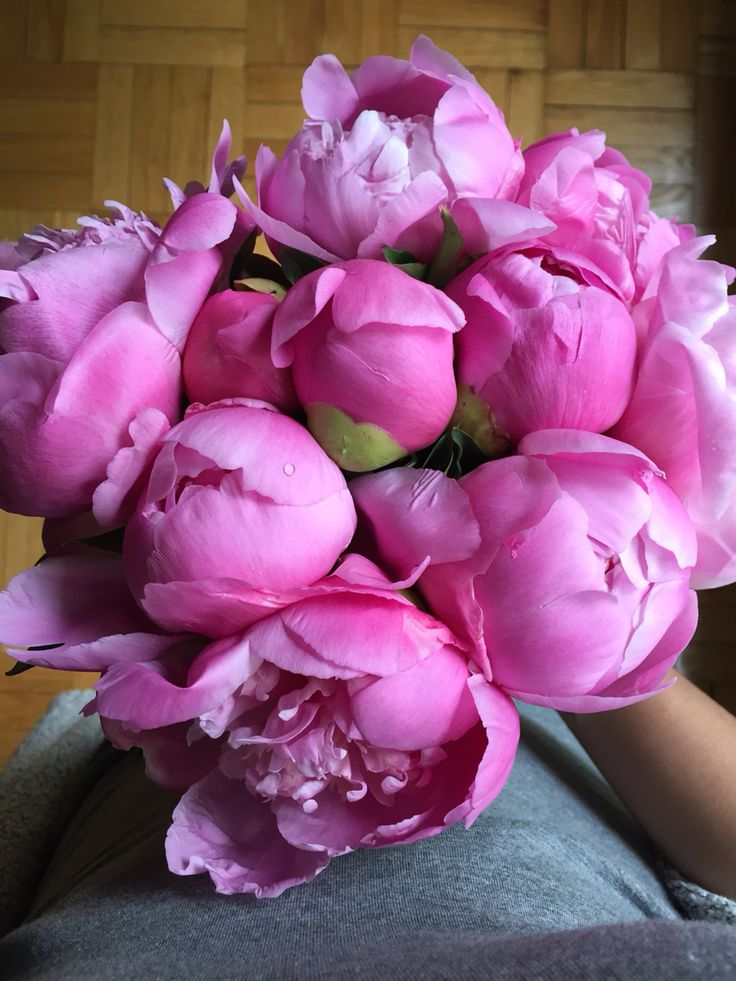
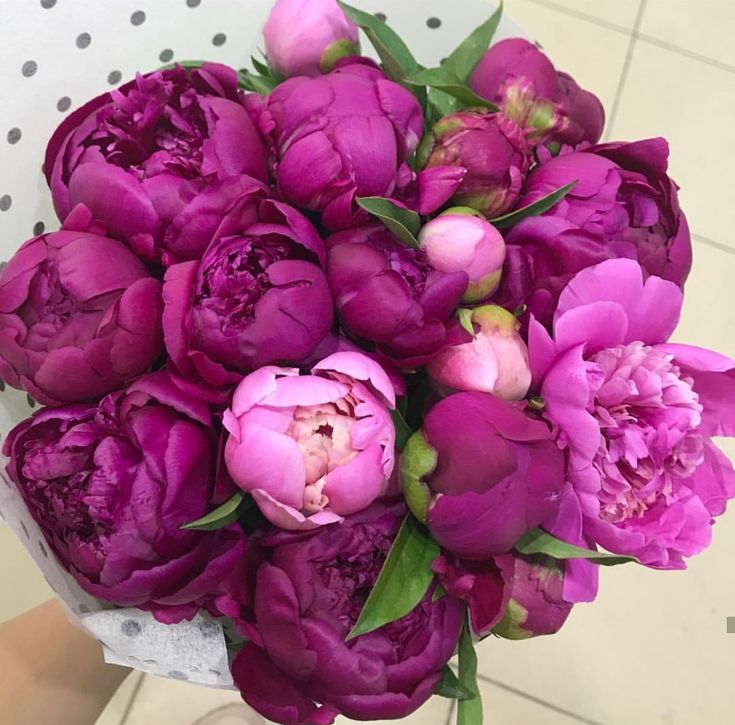
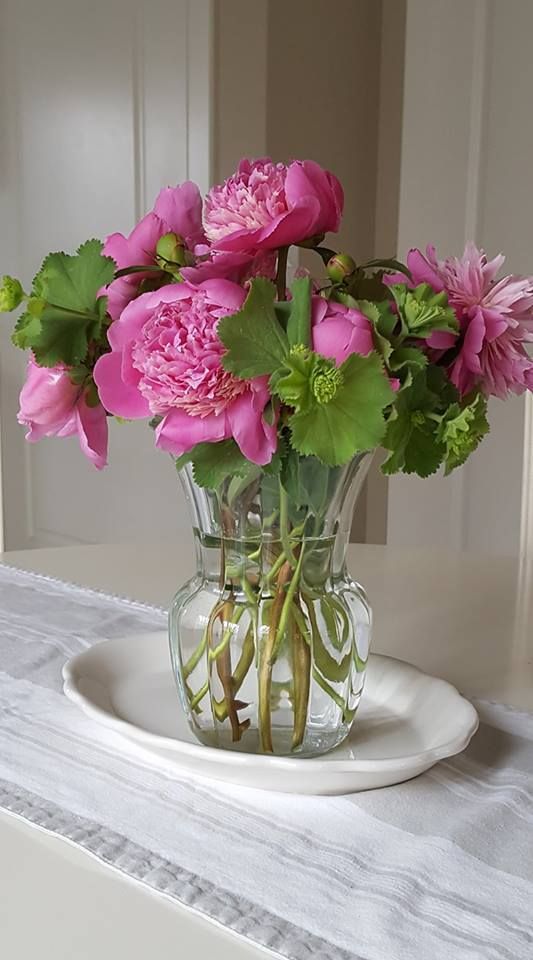
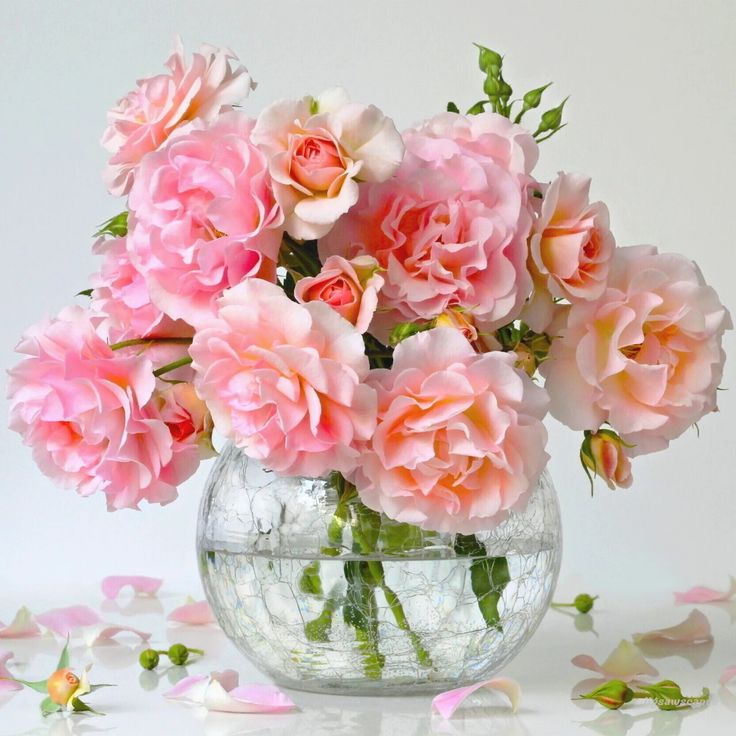
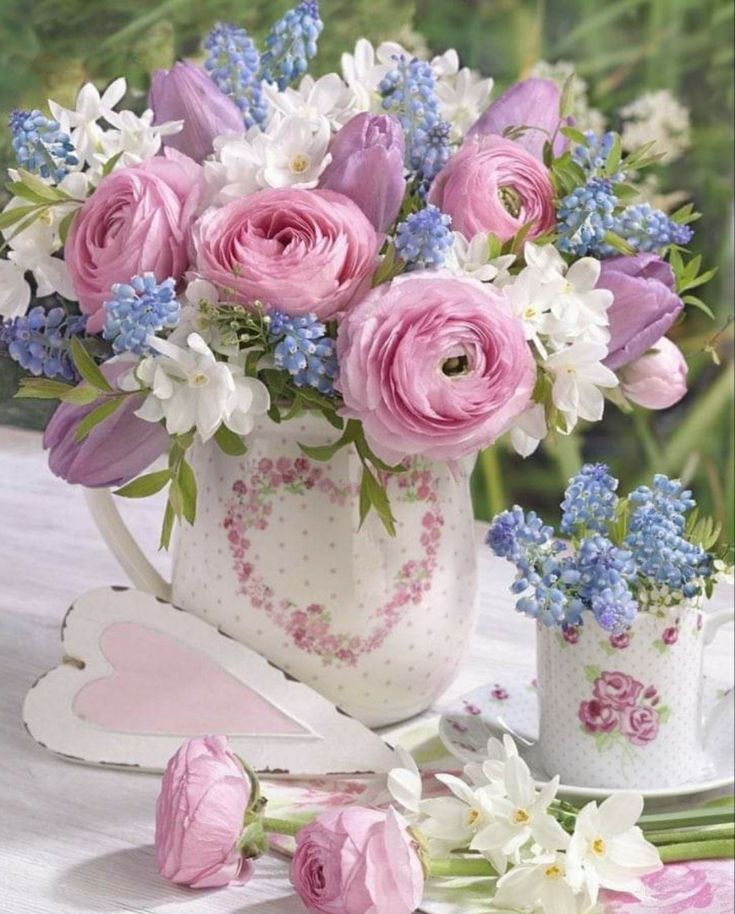
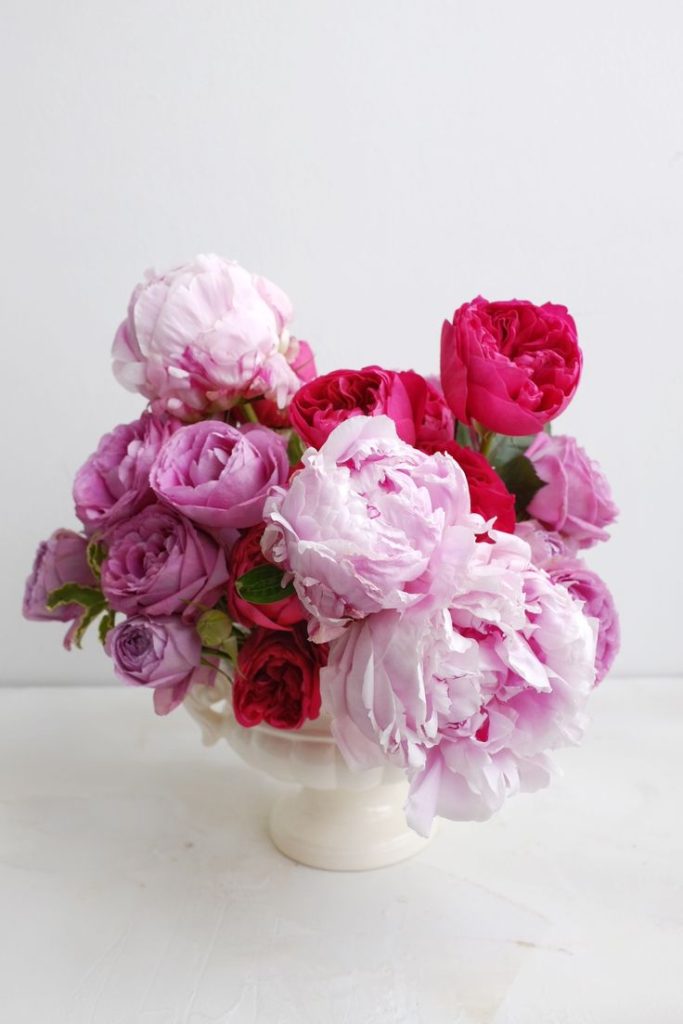
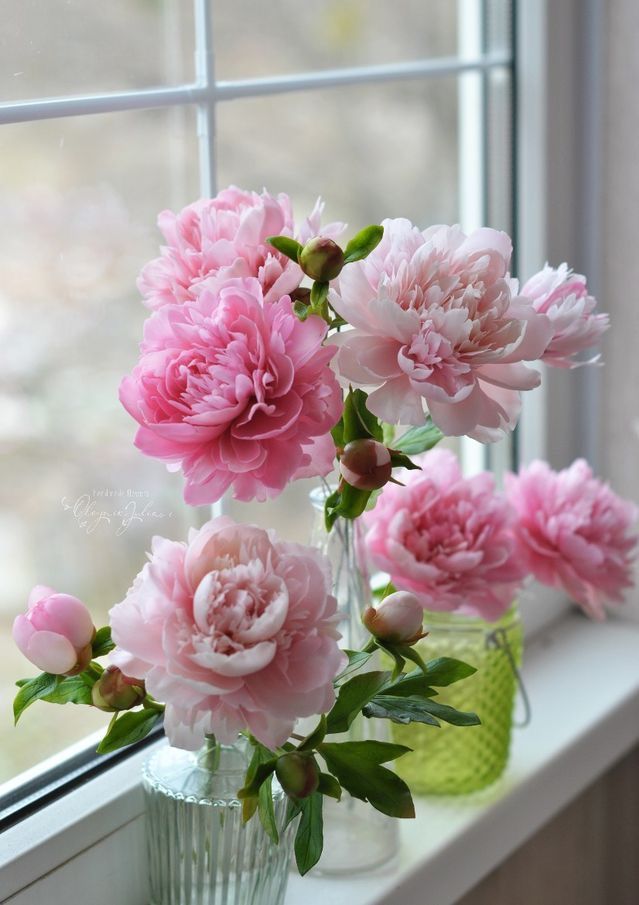
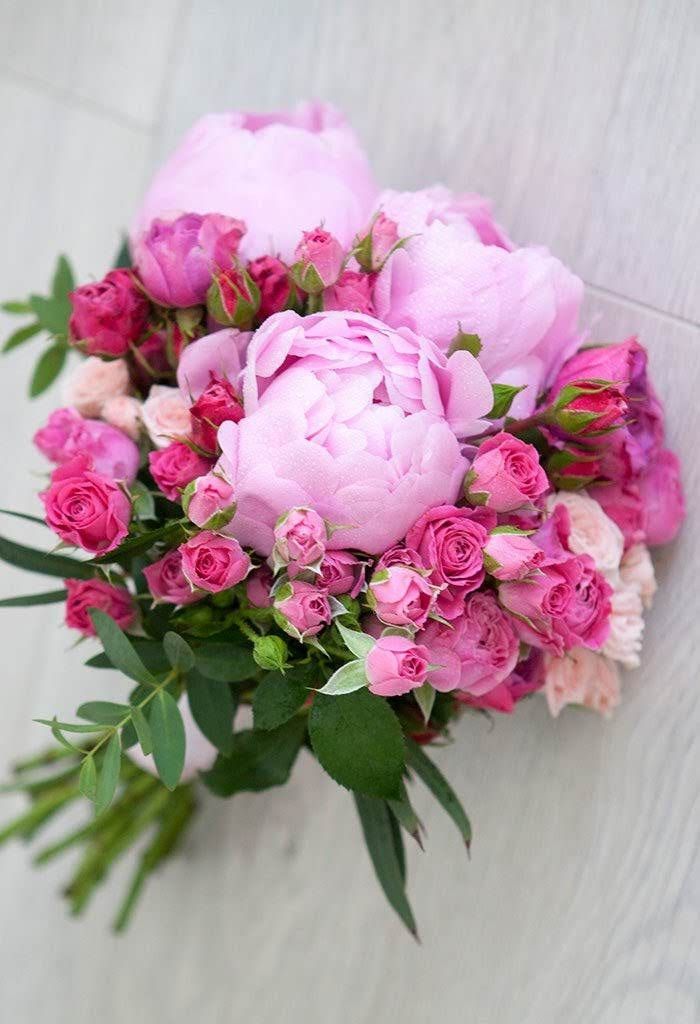
Why Choose Native Flowers?
- Ecological Benefits: Native flowers play a vital role in supporting local ecosystems by providing food and habitat for native pollinators, birds, and other wildlife. By planting native species, you can help preserve biodiversity and create a more balanced and resilient ecosystem in your garden.
- Adaptability: Native flowers are well-adapted to your local climate and growing conditions, making them more resilient to drought, pests, and diseases. They require less water, fertilizer, and maintenance compared to non-native species, reducing the environmental impact of your garden.
- Beauty and Diversity: Native flowers offer a diverse range of colors, shapes, and sizes, allowing you to create visually stunning and dynamic garden designs. From cheerful wildflowers to elegant grasses, native species can add texture, interest, and seasonal color to your outdoor space.
- Low Maintenance: Once established, native flowers generally require less maintenance than non-native species, saving you time, effort, and resources in the long run. They are well-adapted to local soil conditions and do not typically require fertilizers or pesticides to thrive.
Tips for Incorporating Native Flowers into Garden Designs
- Research Local Species: Start by researching native flowers that are well-suited to your specific region and growing conditions. Look for species that are native to your state or region and are known to attract pollinators and support local wildlife.
- Plan for Diversity: Create a diverse mix of native flowers in your garden design, including species with different bloom times, heights, and growth habits. This will ensure year-round interest and provide food and habitat for a variety of pollinators and beneficial insects.
- Consider Habitat Requirements: Pay attention to the habitat requirements of native flowers, including sunlight exposure, soil type, and moisture levels. Choose plants that are well-suited to the conditions in your garden and group them accordingly to create microhabitats that support biodiversity.
- Integrate with Existing Landscape: Incorporate native flowers into your existing landscape design, blending them seamlessly with other plants, trees, and features. Consider using native flowers as borders, focal points, or mass plantings to enhance the overall aesthetic appeal of your garden.
- Provide Wildlife Habitat: Create habitat for wildlife by including features such as bird feeders, bird baths, and nesting boxes alongside your native flowers. These features will attract birds, butterflies, and other beneficial creatures, further enhancing the ecological value of your garden.
Conclusion
Incorporating native flowers into your garden designs is not only a sustainable choice but also a beautiful and rewarding way to create a vibrant and ecologically rich outdoor space. By choosing native species that are well-adapted to your local climate and growing conditions, you can support biodiversity, conserve water and resources, and create a garden that thrives with minimal maintenance. Whether you’re planting a wildflower meadow, a butterfly garden, or a native plant border, native flowers offer endless possibilities for creating a sustainable and resilient garden that brings joy to both you and the natural world.